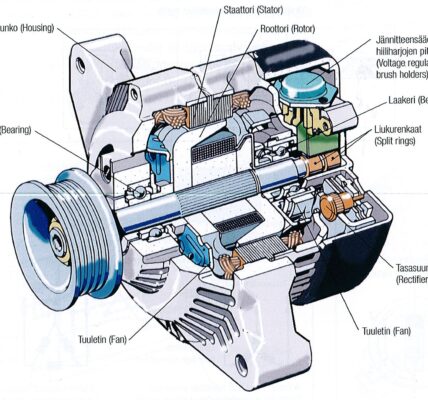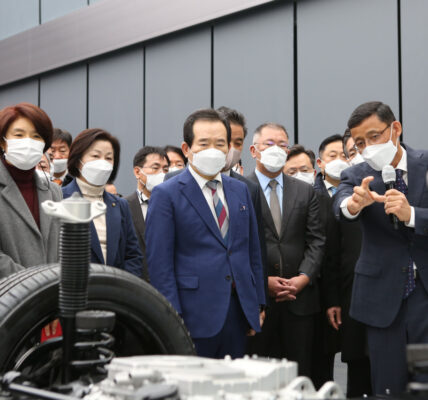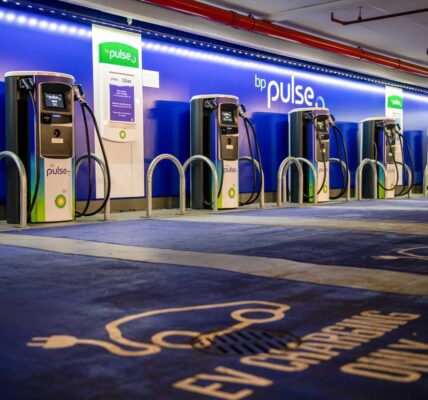Nissan has begun using second-life battery modules from first-generation LEAF electric vehicles as the power supply for automated guided vehicles (AGVs) in its plants. At Nissan’s Oppama plant, south of Tokyo, there are more than 700 AGVs. Globally, Nissan has more than 4,000 AGVs at work.
Nissan was exploring new ways to reuse its Nissan LEAF batteries, and hit upon the idea of using them in AGVs.
The first-generation LEAF was fitted with a 24-kilowatt-hour battery pack comprising 48 modules. About eight years ago, Nissan’s engineers found a way to take three of these modules, repackage them and fit them inside an AGV. Last year, they took this idea to a new level by using repurposed battery modules, instead of new ones, to power AGVs.
Nissan, together with 4R Energy, has been a pioneer in giving batteries from electric vehicles a new life in powering its AGVs, because although the batteries were not suitable for automotive use cases, they were very suited for a machine scooting around the factory.
AGVs with the lithium-ion batteries, new or repurposed, charge faster. Plus, workers no longer need to take out the batteries to plug them in. The AGVs simply stop momentarily at the charging station along their route and incrementally top up at each passing. This automation saves a great deal of time.
The repurposed LEAF batteries also last longer than lead-acid batteries, which were typically replaced every year or two. The repurposed LEAF batteries are expected to last seven to eight years.
For now, each AGV is bound to the magnetic path laid down for it at a factory. Changing these routes—pulling up tape, laying new tracks and updating computer programs—takes time and money.
However, just as the LEAF’s battery allowed AGVs to work longer, developments in autonomous driving could free factory assistants from the magnetic tape. In a far more controlled and predictable environment, the AGVs would need less technology than cars, but could still rely on sensors and algorithms to move around autonomously. Nissan is also researching connected technology to allow AGVs to stay in constant contact with the computer handling their movements.
“Using our unique electric-driven and autonomous driving technologies to improve AGVs will bring major innovation to our factories. The supply of parts in factories is entering the age of electrification and automation.” —Masashi Matsumoto, who promotes the development of AGVs at Nissan’s Production Technology Research and Development Center








